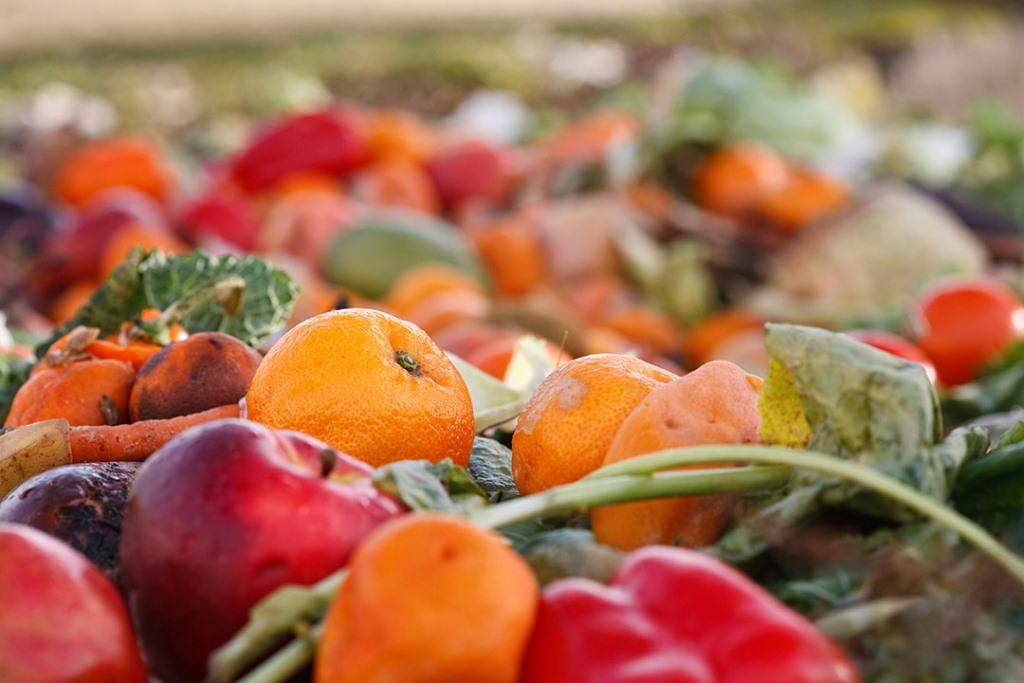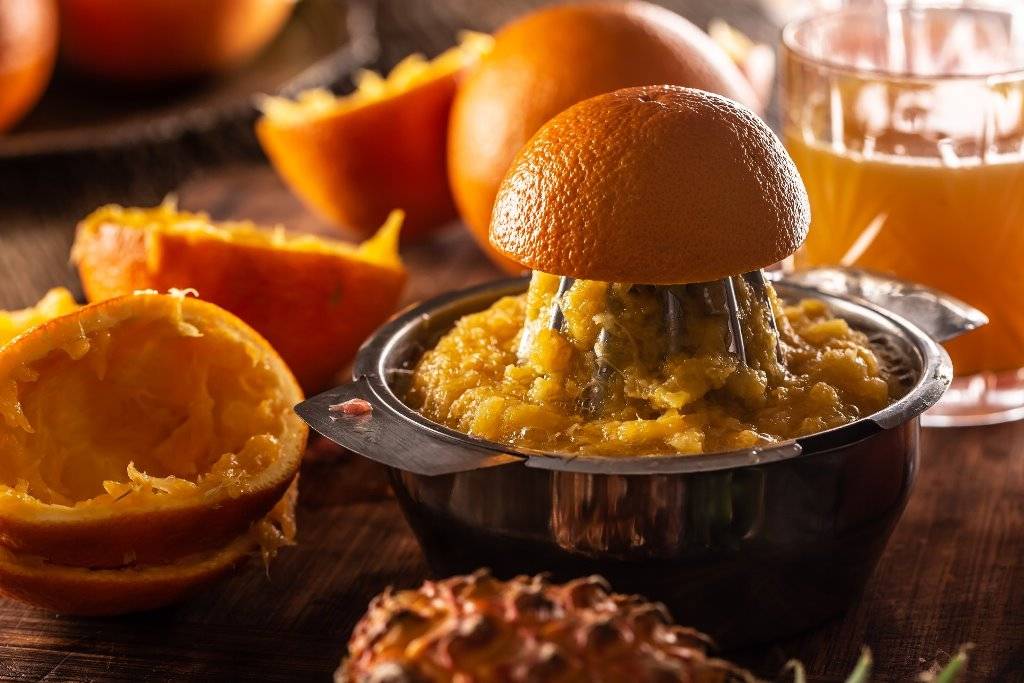
Nearly 1.3 billion tonnes of food is lost or wasted worldwide each year, with vegetables and fruit making up for almost 45-50 percent of this loss, presents an opportunity that can bridge the gap for animal feed. Additionally, it will help reduce the negative impact that the lost and waste food causes on the environment by reducing part of the carbon footprint.
Guru Angad Dev Veterinary and Animal Sciences University (GADVASU) is making waste to wealth. The university has experimented with recycling food waste, surplus fruit, vegetables, and their processing back to the food chain by converting them into animal feed.
These products are rich not only in protein and energy but also in various nutraceuticals. Based on their nutritive value these can be used either as roughage or as a protein source in the concentrate mixture. Most of these wastes have high acceptability and palatability among livestock. A concentrated feed mixture for ruminants (cattle, sheep, goat, etc) can have up to 50 percent of the bottle gourd waste (pulp). Nutraceutical limonin extracted from kinnow juice waste has shown promising results as a growth promoter for poultry.

Guru Angad Dev Veterinary and Animal Sciences University have experimented with recycling food waste, surplus fruit, vegetables, and their processing back to the food chain by converting it into animal feed.
The use of waste food reduces the cost of animal feed, leading to higher profits for livestock farmers. Mitigation of environmental problems due to the decomposition of such wastes is an additional bonus.
The use of waste food reduces the cost of animal feed, leading to higher profits for livestock farmers. Mitigation of environmental problems due to the decomposition of such wastes is an additional bonus.
According to experts, a recycling strategy is the most sustainable. Dr. Manju Wadhwa, Head of, Department of Animal Nutrition, says knowledge of the nutritional value of animal feed and feed management is critical for the adoption of these novel feed resources, which can be easily incorporated into the diet of farm animals.
A team of scientists from the department has evaluated the chemical composition, nutritional value and use of a number of fruit and vegetable wastes (FVWs) and byproducts like baby corn, cabbage, carrot, cauliflower, cucumber, peas, potato, sweet corn, tomato, radish, bottle gourd pulp, carrot fruit juice waste, know waste as livestock feed.
















